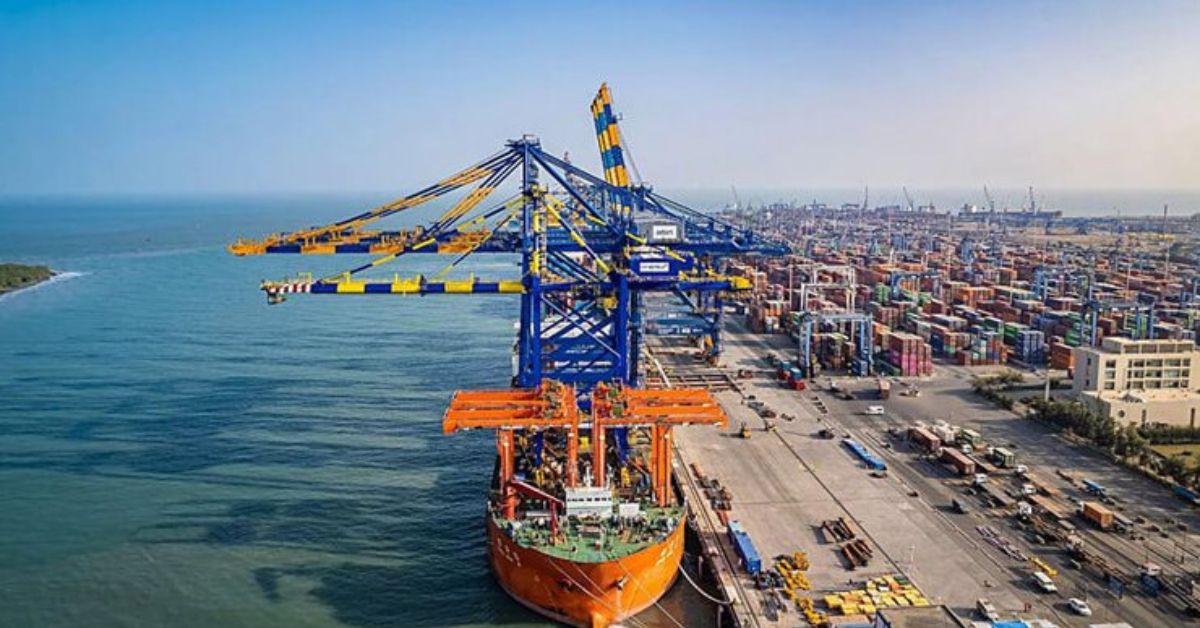Despite global trade tensions and restrictions, India’s port sector is charting a robust growth trajectory—outpacing many major economies, according to a PL Capital report. The surge is driven by rising domestic consumption, expanding trade volumes, and strong government-led infrastructure initiatives.
The report highlights a direct link between port development and economic growth, noting that India’s ambition to become a global manufacturing hub and its aggressive export push are key catalysts. These factors are propelling the expansion of both the port and logistics sectors, positioning India as a rising force in global maritime trade.
Cargo volumes at Indian ports have expanded at a compound annual growth rate (CAGR) of 6.2% between FY02 and FY25, with non-major ports outpacing their major counterparts—growing at 9.2% compared to 4.7%. This surge reflects robust demand for port infrastructure, fueled by rising trade and accelerated development across the country. India currently operates 12 major seaports and over 200 non-major ports, collectively managing a capacity of around 2,700 million metric tonnes (MMT).
The Indian government has set an ambitious goal to expand total port capacity to 10,000 million metric tonnes (MMT) by 2047, driven by a robust infrastructure push through initiatives like Sagarmala and PM Gati Shakti. Accelerated industrial and manufacturing growth, rising containerization, and a strategic shift toward multimodal logistics are expected to propel the sector forward. According to the report, the port industry will be a key enabler in India’s journey toward becoming a $10 trillion economy by FY30.









